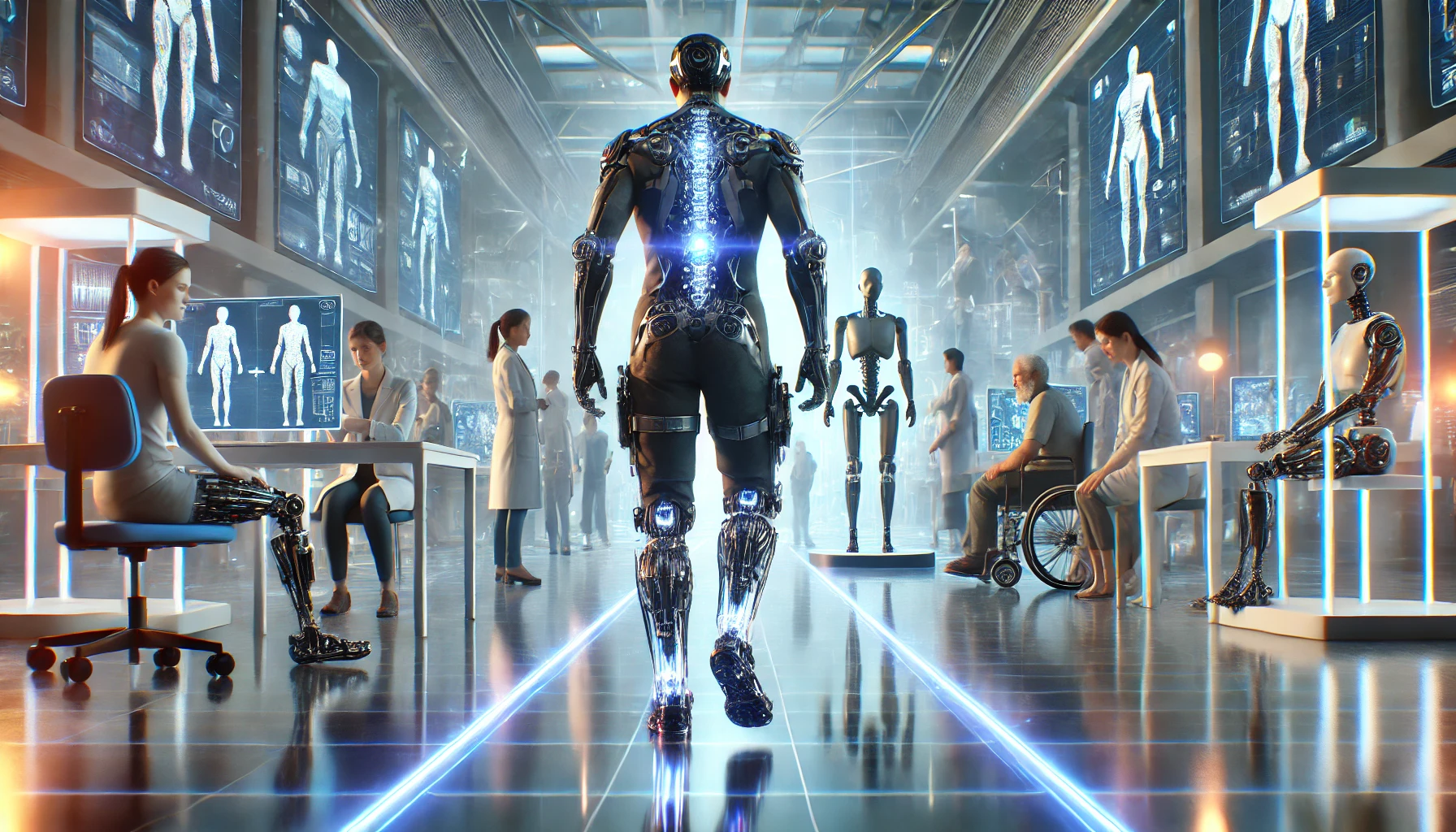From Warehouse to Wheelchair: How Robotics and AI Are Revolutionizing Human Mobility

The Rise of Robotic Exoskeletons
Imagine a world where walking again after an injury isn’t just a distant hope but a reality powered by robotics. Welcome to the future of human mobility, where robotic exoskeletons are stepping in—literally—to change lives. These high-tech devices are no longer confined to sci-fi movies or warehouse operations. Nope, they're now strutting their stuff in the medical field, helping people with disabilities regain movement, independence, and a sense of freedom.
AI + Robotics: A Match Made for Mobility
Artificial Intelligence (AI) isn’t just about making your smartphone smarter or showing you weird cat videos. In the world of prosthetics and exoskeletons, AI is the brain behind the brawn. From analyzing gait patterns to adjusting movements in real-time, AI ensures these robotic systems adapt seamlessly to each user's unique needs. Whether someone’s tackling stairs or dancing at a wedding, AI helps make it happen smoothly, reducing strain and improving efficiency.
Prosthetics That Do More Than Just Replace
Gone are the days when prosthetics were just static, one-size-fits-all limbs. Today, prosthetics can sense muscle movements, adjust to terrains, and even send feedback to the brain. Imagine walking with a robotic leg that ‘feels’ where it’s going. Mind-blowing, right? These advances are pushing the boundaries of human augmentation, enabling athletes, veterans, and everyday heroes to not only get back what they lost but enhance their performance in ways previously unimaginable.
The Future: Rehabilitation and Beyond
The next big leap? Using these robotic systems for rehabilitation. Hospitals are increasingly using robotic exoskeletons to assist in physical therapy, giving patients real-time feedback and customized exercises. But that’s just the start. Experts predict that in the future, exoskeletons won’t just help you get back on your feet; they’ll help you perform better than ever. From construction workers who can lift more without fatigue to seniors who can maintain mobility longer, the applications are endless.
What's Next for Human Augmentation?
As AI and robotics continue to evolve, the lines between rehabilitation and performance enhancement are starting to blur. Will we one day see exoskeletons not just for the injured but for anyone looking to push their physical limits? Maybe that’s closer than we think. One thing’s for sure: the future of mobility is not just walking again—it’s walking stronger, faster, and maybe with a little robot-powered swagger. So, what would you use a robotic exoskeleton for? Lifting heavy loads or dancing like nobody’s watching? Let us know in the comments!



